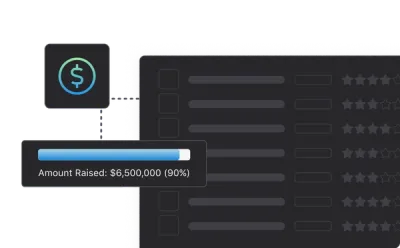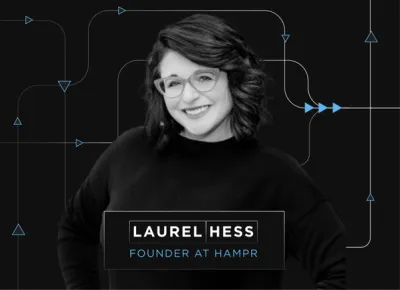
Understanding Power Law Curves to Better Your Chances of Raising Venture Capital

The ideas below are largely based off of Scott Kupor’s new book, Secrets of Sand Hill Road: Venture Capital and How to Get It. We highly recommend giving it a read!
If you’ve read our blog before you know we often compare a fundraising process to a traditional sales process. You might find potential investors to fill the top of the funnel, set meetings and build relationships with future investors in the middle of the funnel, and eventually close them at the bottom of the funnel. Throughout a traditional sales process one of the first things a seller does, is finding the motivators behind a buyer’s decision to make a purchase.
However, we often see founders forego the research to understand an investor’s motivation. Sure, they’ve got to return capital to their investors. But how do they raise capital for their fund and who are their investors?

Understanding the Limited Partner and VC Relationship
A VCs job is to raise capital from limited partners, generate returns in 10-12 years, and do it again. Venture capital firms are funded by limited partners (LPs). LPs are generally institutional investors like university endowments, foundations, pension funds, insurance companies, family offices, sovereign wealth funds, etc. These institutional investors often have much larger funds and use a small % (typically 5%) of their investment capital to diversify with venture capital funds.
Historically, a VC fund is generally not a great investment. According to Scott Kupor, “If you invested in the median returning VC firm, you would have tied up your money for a long time and have generated worse results that the same investment in Nasdaq or S&P 500.” So why would an LP invest in a VC fund at all?
The Power Law Curve
VC funds do not follow a normal distribution, they follow a power law curve. For the sake of this post, a power law curve is when the distribution of returns is heavily skewed. Or simply put, a small % of firms capture a large % of industry returns.

This means that a small % of VC funds take home a large % of venture returns. VCs are constantly working to make their way into the “winning” part of the curve so they can continue to attract capital from limited partners.
How does a VC fund become a “winner?” The best VC funds portfolio returns also follows a power law curve. A small % of a VC funds investments will yield the majority of their returns. What does all of this mean for a founder?
Why the Market Matters
VCs are in pursuit of investments that will yield massive returns for their LPs. Generally speaking, this conversation starts and ends with total addressable market. Without a compelling market, a company is capped by the returns they can generate. This does not mean that the market has to be big now, but has the chance to develop into a major market (check out this example on Uber’s TAM). Check out our free guide for modeling your TAM here.
Why the Fund Age Matters
When raising capital, be sure to ask investors questions about the age of their fund and the capital they’ve committed. Remember that a VC generally returns funds to their LPs in 10-12 years. If their fund is getting older in age, they may feel pressure to create returns for their LPs. This pressure may be passed down to portfolio companies and could force you into an early exit.
A younger fund will feel less pressure to generate returns and will likely have capital set aside for a follow on round. A younger fund may be eager to put capital to work and will help speed up the fundraise as well.
Why the Portfolio Performance Matters
It is also important to understand how the rest of the portfolio is performing. Are there a number of standout companies? Would you be the standout company? If the overall fund is performing well, your likelihood of raising capital at a future date is higher. If the overall fund is performing poorly, you may be pushed to exit so they can generate returns for their LPs.
Understanding the motives behind a VCs investment process is an easy way to conduct your own due diligence on potential investors. Remember that fundraising starts and ends with relationships. To find the right investors for your raise get started with Visible Connect, our investor data base. Give it a try below:

Be prepared, do your research, and ask the right questions to make sure you’re building relationships with the right people.



